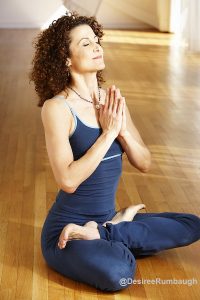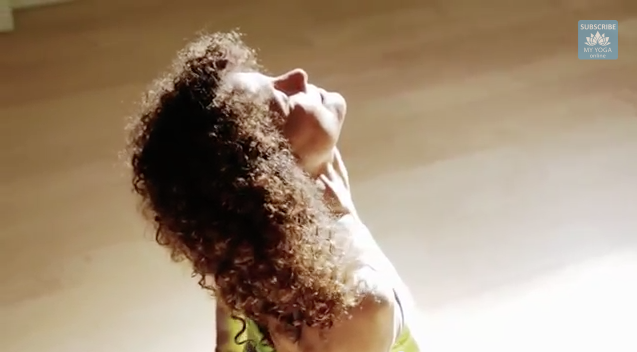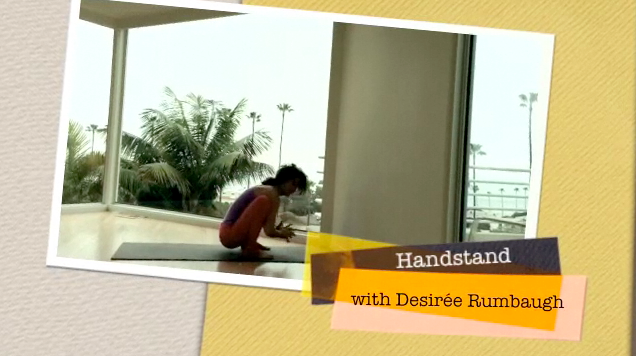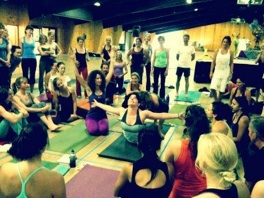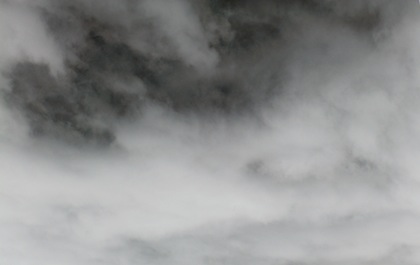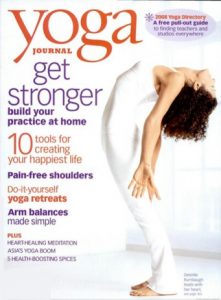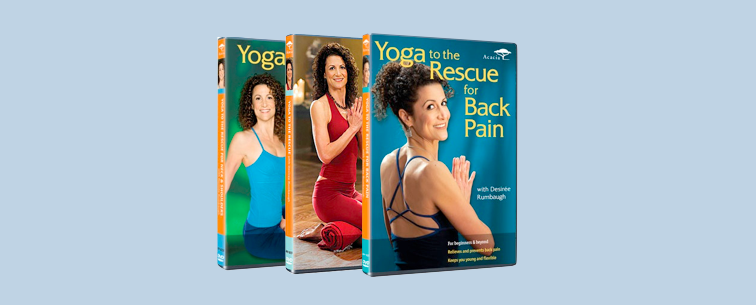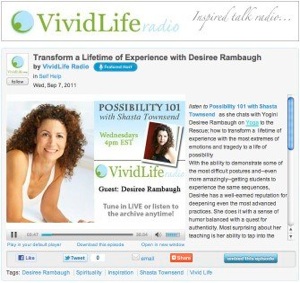I do not practice yoga poses every day.
I’m sorry if that information is discouraging to your perception of me as a yogi, but my life is just as hectic and unpredictable as yours. There are days when spending time on my mat just does not fit into my schedule. The nature of my teaching schedule has me out on the road quite often, and there are times when it is simply not convenient or even possible. But, do not mistake this for lack of commitment.
A yoga practice is about more than simply doing poses, pushing myself, breathing and sweating on a sticky mat. The fullness of a yoga practice is about how we live every other hour of our day, especially on the days when getting on one’s mat isn’t possible. By this I mean being honest with ourselves, and kind and helpful to others in our lives.
Here are some of the other commitments I have made to myself to support a healthy lifestyle whether or not I am practicing yoga postures.
I am committed to eating healthy no matter what situation I am in, where I am traveling, or how hungry I am. It might be as simple as a bottle of water and an apple because nothing else is available. The processed, fried, sugary, salty foods that are readily available in airports and street corner convenience stores are not only bad for me, I feel bad when I eat them. The satisfaction created by consuming unhealthy calories is so short-lived, it’s not even worth the guilt I feel for subjecting my body to them. So, I pack my own food whenever possible. If I am unable to do that (like when flying), I look for the healthiest choices, such as salads, soups and fresh fruit or vegetables, which are becoming increasingly easier to find everywhere. I also take a green supplement, such as chlorophyll, and probiotics daily to support my immune system.
It can be just that simple… eat what you know will fuel your body and avoid or limit everything else.
The next commitment will seem contradictory: I do my best to let go of clinging to rigid rules. Life is so fluid; adhering obsessively to absolutes can create ever more stress and imbalance. I once believed that as a yoga instructor I was supposed to practice yoga poses every day, no exceptions. What I gained in exercise, I lost in the creation of excess stress in trying to make it happen. Who benefitted from that rigidity? Not me.
Life balance, including a calmer mind, is an important part of being a yogi. Eating healthy ‘no matter what’ may sound rigid, but it is relatively easy to do. It supports my body’s energy needs and keeps my mind much more steady. By staying with these commitments, I create the conditions for more peace and less suffering when I need to go a day or two or three (or more) without doing exercise or a yoga practice. I still stretch when I can, take the stairs instead of the elevator, and find other small fun ways to be physically active even when I am traveling. By letting go of trying to live up to my old perception of how a yogi is ‘supposed to be’ and instead, living into what being a yogi now means to me, a beautiful balance has been established.
Balance and commitment go hand-in-hand. Next time, I will talk more about that balance.

